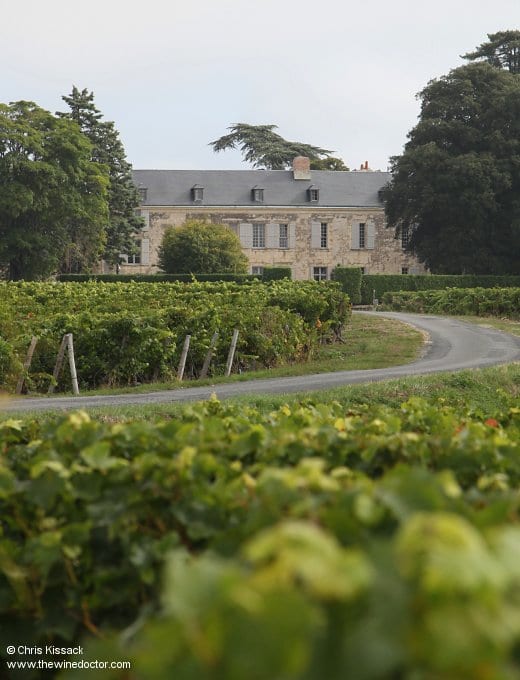Château de Minière
The vineyards of Bourgueil run across eight communes which jostle for position on the right bank of the Loire. These range from Saint-Patrice and Ingrandes-de-Touraine, the furthest upstream, which look across the Loire to Château d’Ussé, said to be the inspiration for Charles Perrault (1628 – 1703) to pen his tale of the Belle au Bois Dormant (or Sleeping Beauty if you prefer), down to St-Nicolas-de-Bourgueil, perhaps a more familiar name. Aside from those vineyards in La-Chapelle-sur-Loire and Chouzé-sur-Loire, which (as their names perhaps suggest) lie parallel to the Loire on alluvial soils, what defines these communes and indeed the Bourgueil appellation as a whole is a gentle slope, starting with terraces of gravel at the bottom, to a steeper incline of limestone at the top. This gentle slope has been planted with vines, especially Cabernet Franc, for many centuries.
Despite this long synergy of topography, soil and variety, Bourgueil has long languished in the shadow cast by Chinon, its more illustrious neighbour. And yet Bourgueil has certainly had its followers, not least the author Honoré de Balzac (1799 – 1850); in Maître Cornélius (published 1831), one of many instalments in Balzac’s La Comédie Humaine, Louis XI calls,
“Qu’on lui fasse servir du bon vin de Bourgueil à table.”
Balzac’s writings provide some evidence of Bourgueil’s long heritage, its reputation clearly well established even in the early 19th century. Despite this, Bourgueil is not a vineyard of great châteaux and wealthy proprietors, but is populated by men and women who have always remained close to the soil. It is a slope populated by understated maisons and farmhouses, more akin to Pomerol than Pauillac, with utilitarian cellars.

Please log in to continue reading:
